“What else do I have besides my country and hometown, what else? Oh my country, we have always taken from you. What about giving back to you every once in a while?” Do you recall these sentences said by Mahmoud the young college guy character, performed by the actor Wagdi Al-Arabi in Farouq Sabry’s great screenplay “Ehna Btoa’a Al-Autobis” (We are the Bus People) as he was being flogged on his back with a whip. The film was actually based on a true story that was documented in the journalist, Galal Ad-deen Al-Hamamsy's book called “Hwar Khalf Al-Aswar” or (Conversations behind Bars).
This cinematic scene, creatively directed by one of Egypt’s most famous traditional cinema directors, Hussein Kamal, flashed a light on the acts of torture that formed and molded the consciences of a whole generation. It made most of us believe that the highest form of torture that a human could inflict on a fellow human was to strike them with a whip on their weak bodies and that this was the most outrageous possible form of torture that one could be subjected to.
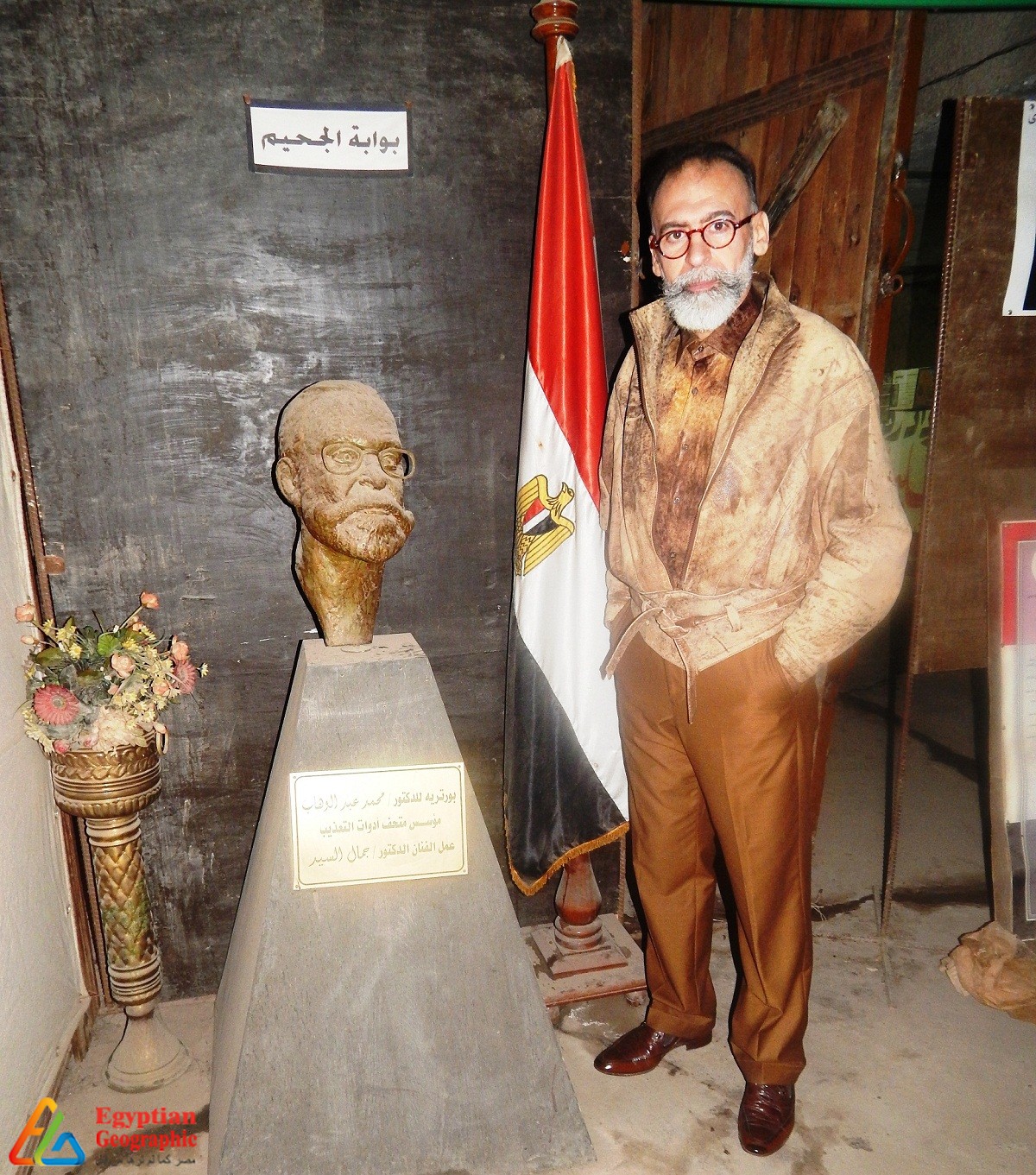
Films like “We are the Bus People”, “Al-Karnak”, “Beyond the Sun”, “The Innocent”, “The Visitors of Dawn” and even before those, “The Yacoubian Building” showed us that torture chambers have people with only some “bloody bruises, abrasions, deep wounds and broken bones.” Those are usually the only things that forensic medicine reports are willing to reveal about most of the torture incidents.

That is why the Egyptian cinema is not considered one of the forms of media that accurately represent the painful reality of torture as it only shows the incomplete, superficial surface version of it. Through the scope of the Egyptian cinema, we are only shown the basic torture scenes such as flogging, electrocution, de-nailing, pouring hot water onto people's bodies, putting out cigarettes on their bare skin, occasionally scenes of rape and very few of these films show scenes of murder.
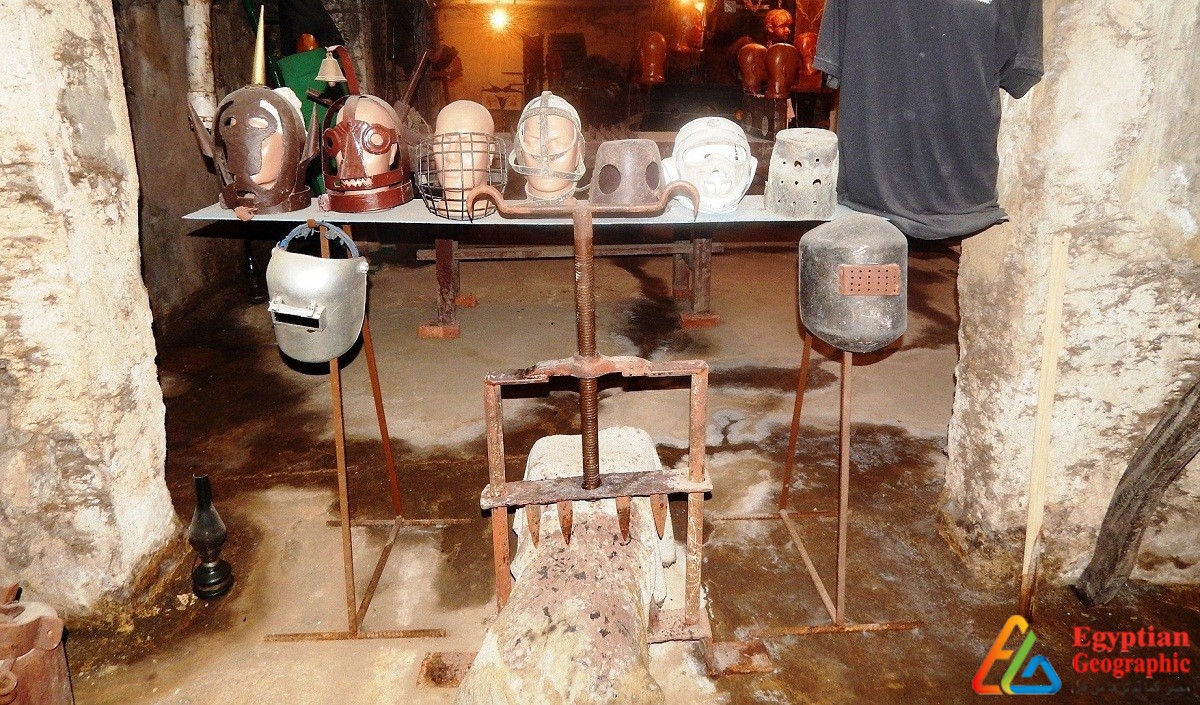
“Physical torture proved how cruel humans can be towards their fellow humans.” This was said by one of the Egyptian history professors who saw with his own eyes how horrified humans are of being subjected to the oppression of their fellow humans especially in cases like Saddam Hussein, the unjust ruler of Iraq, before the American invasion. This sparked Dr. Muhammad Abdel Wahab’s interest and made him begin to study the methods of intimidation and torture that have made man afraid of his fellow man’s actions.
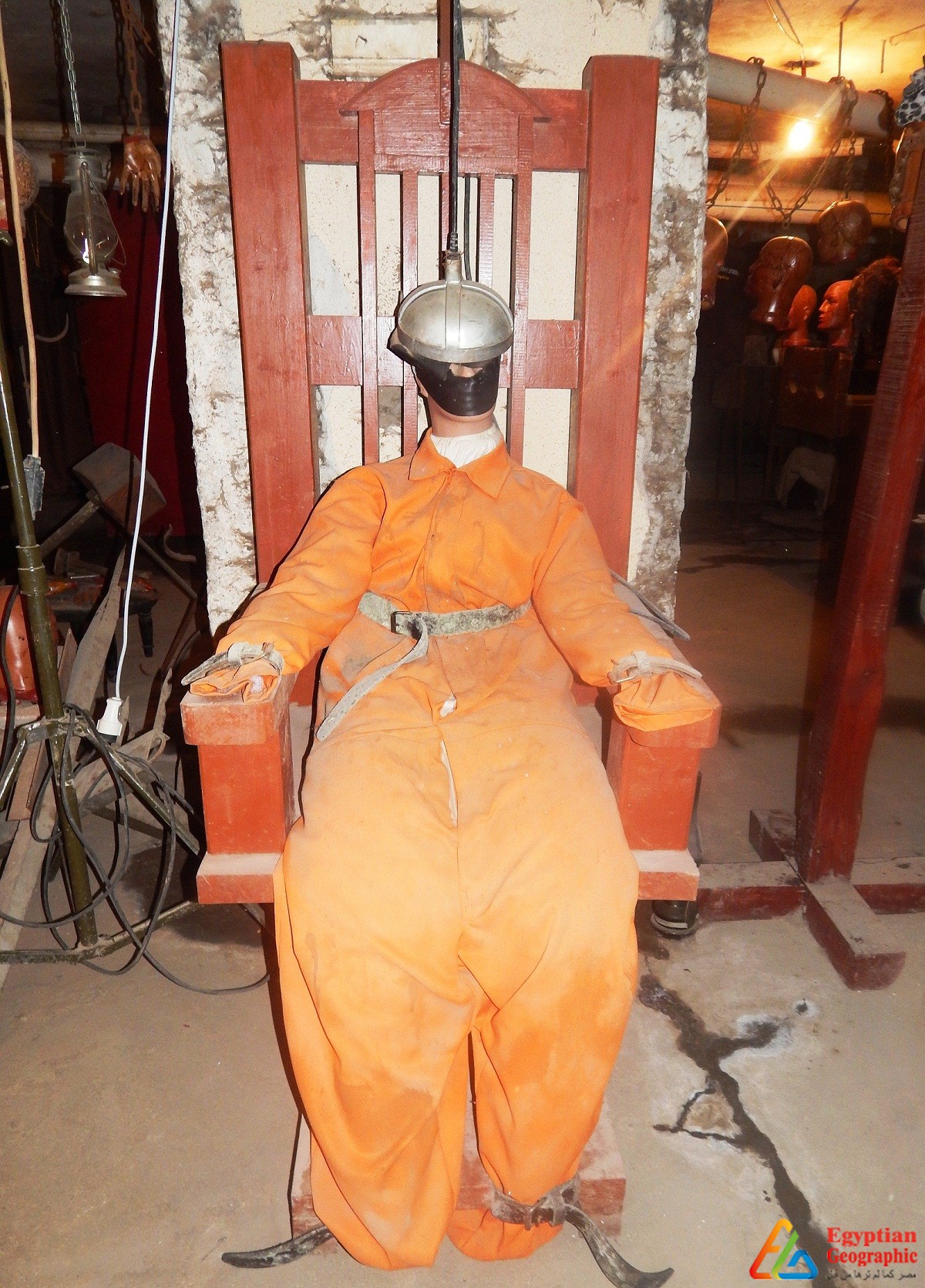
After studying torture and political assassinations, the second step for Dr. Muhammad Abdel Wahab, a history professor and researcher in the methods of torture, was to gather all the methods of torture in one place which he did and he later called it the “Museum of Torture.” Through this museum, he exposed and documented all the torture methods from the beginning of time such as the courts of the Inquisition, the gas chambers of the Holocaust, the Zionist massacres, the atrocities of ISIS (‘Islamic’ State of Iraq and Syria) and the Cairo Citadel Prison.
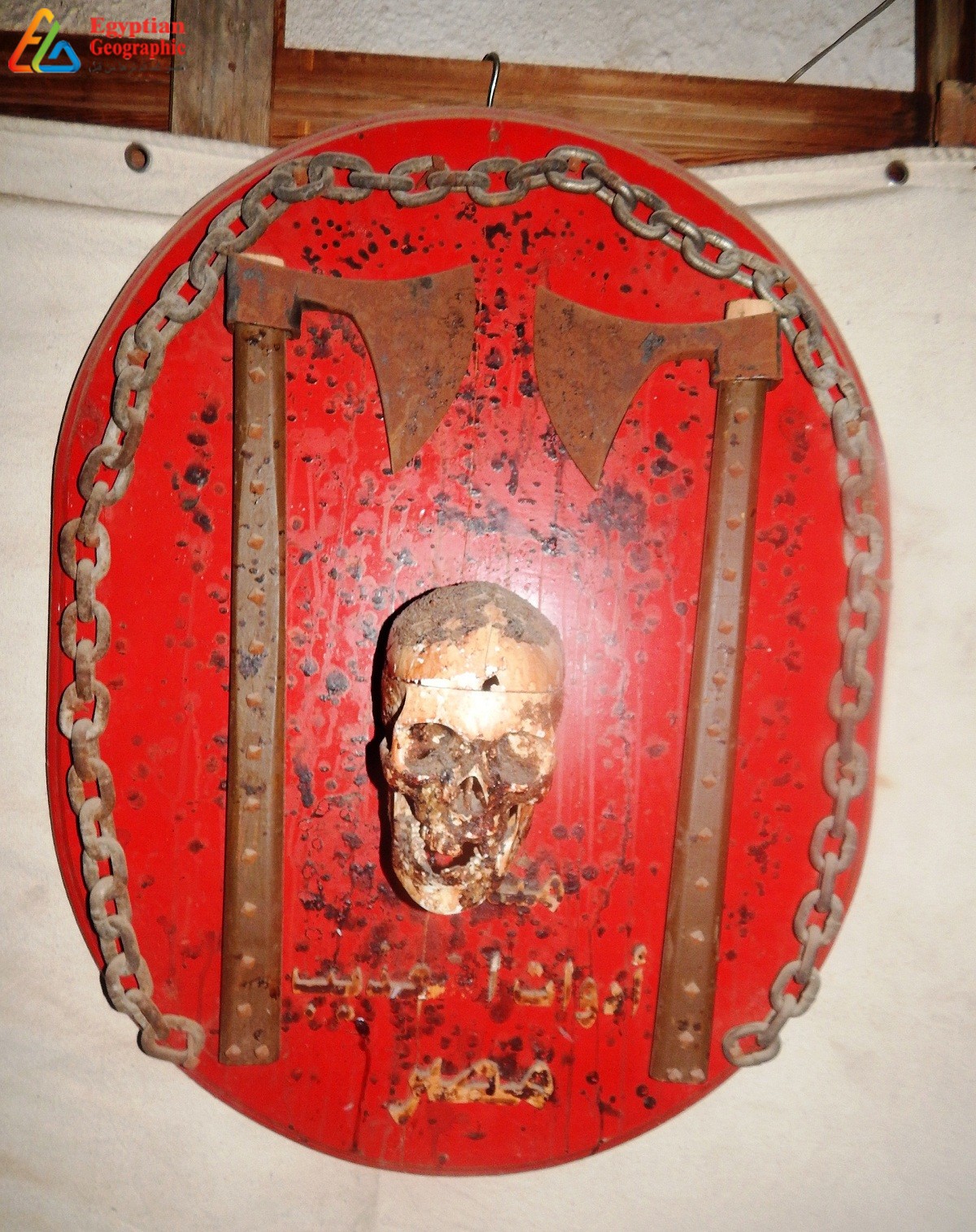
The Museum of Torture is the first of its kind in all the Middle East and Africa and it could be the largest one of its kind in the entire world. It contains 750 different methods of torture including various sets of torture tools used to get confessions out of people or to kill those who have different opinions or dare to disagree with whomever is in power. On top of said list of tools, there are whips to flog people’s bodies, meat cleavers to cut their hands and feet, and cautery tools to burn their skin.
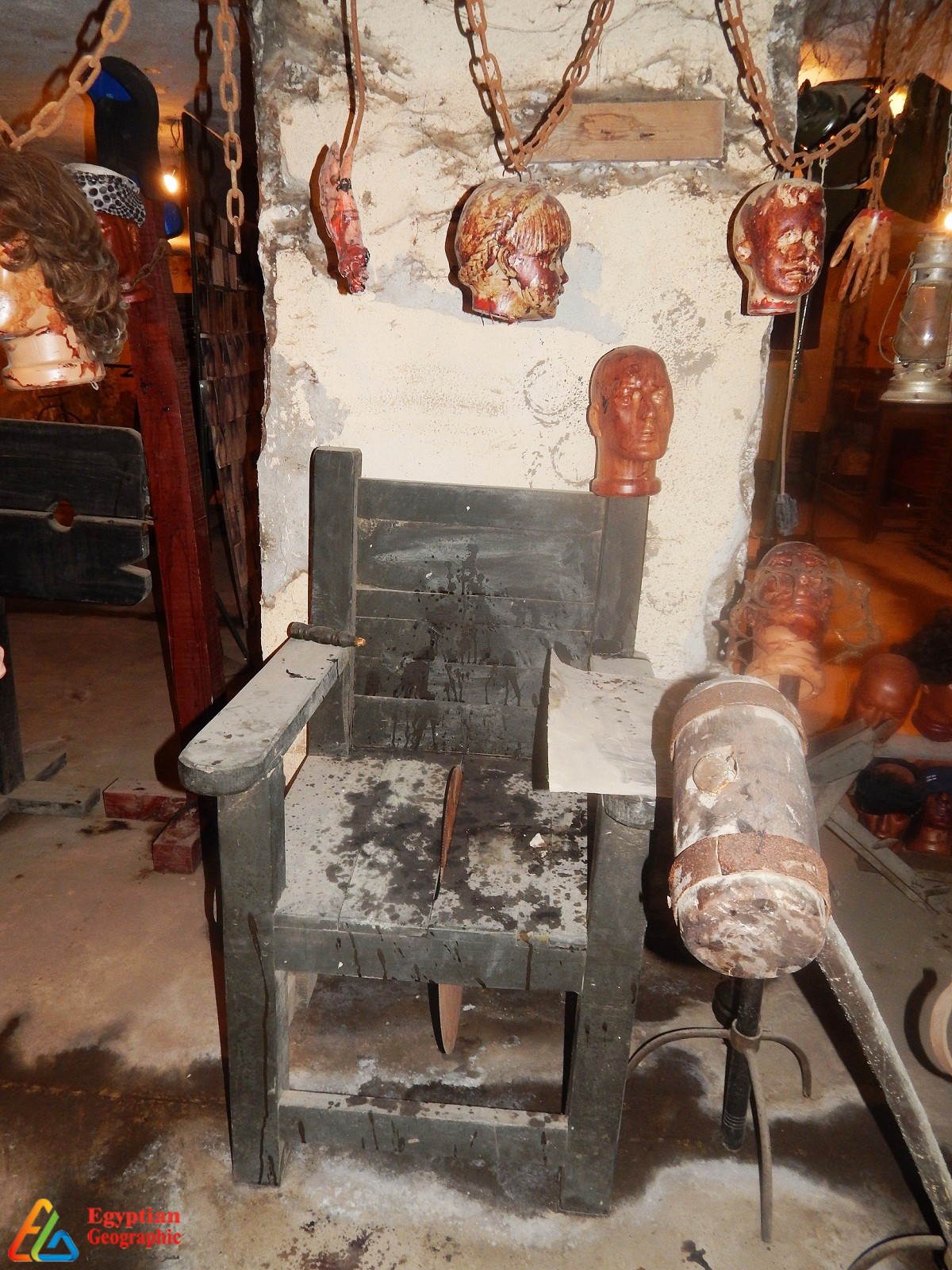
The idea of the museum, established by Abdel Wahab, is based on presenting the torture methods to the public eye and with that in mind, he gathered all torture tools he could find from all around the world. In addition, he read hundreds of ancient historical books in search of pictures of the tools that perished over time to make similar ones, pointing out that he made a formal request to the civil engineer and former Prime Minister, Ibrahim Mahlab, to establish the museum in the Salah Ad-deen Citadel Prison.
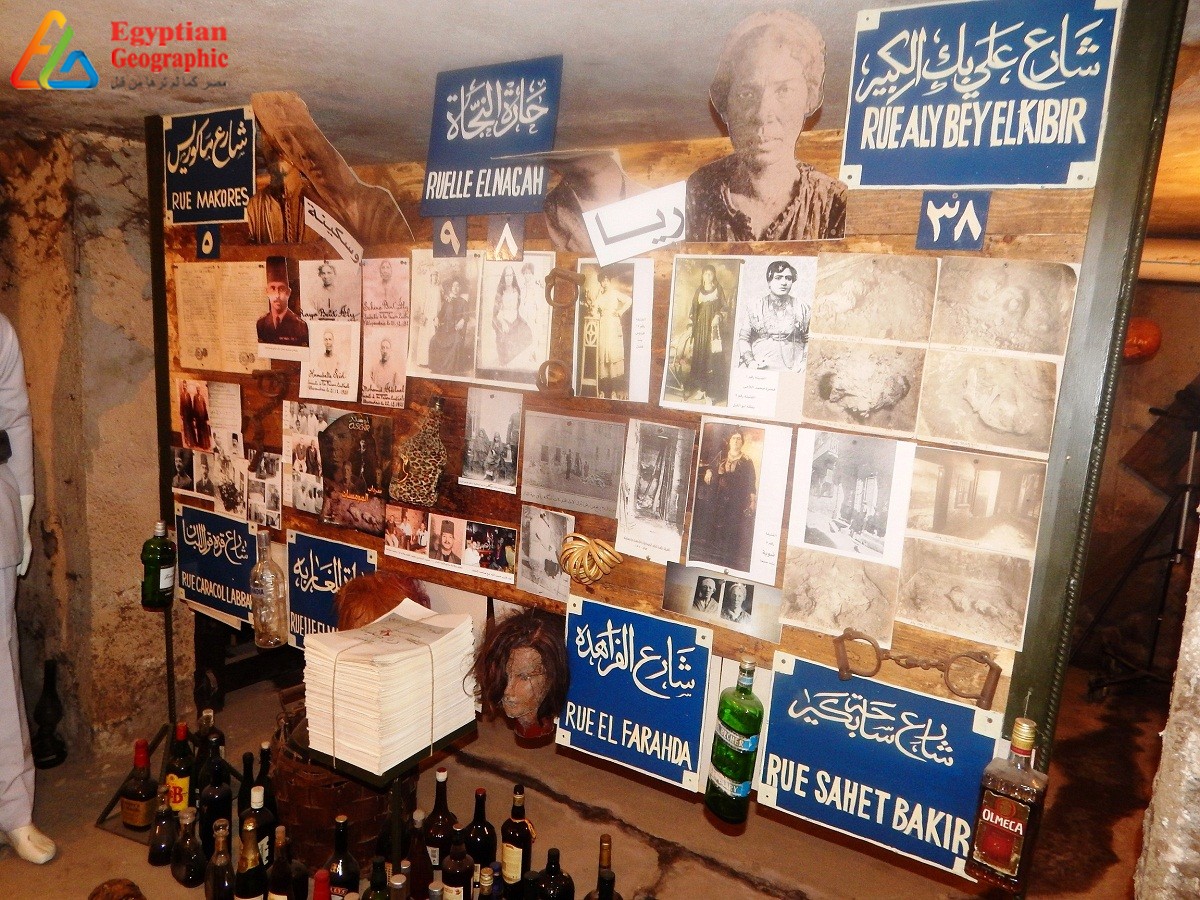
Egyptian Geographic staff went on a very special trip to Al-Marioteya where the Museum of Torture is situated to get an up-close look at the history of humans torturing their fellow humans. This history is evidence and proof of the sick mentality of these humans who got pleasure from watching these blood pools, scattered body parts, and whose minds were only occupied with finding new ways to torture others to please their sadistic nature and ferocious tendencies.





























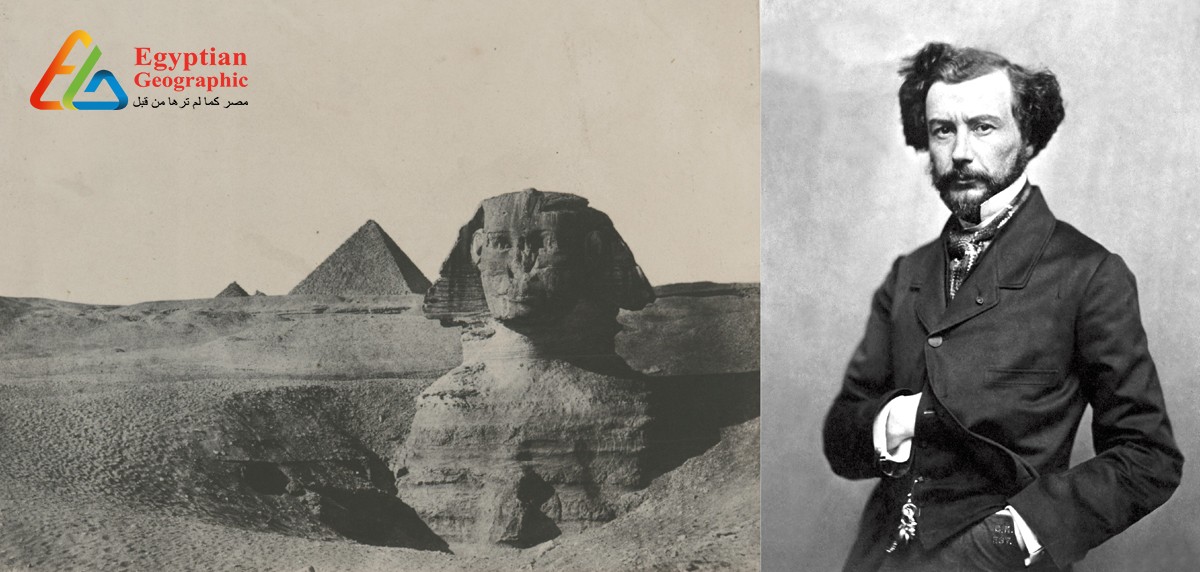
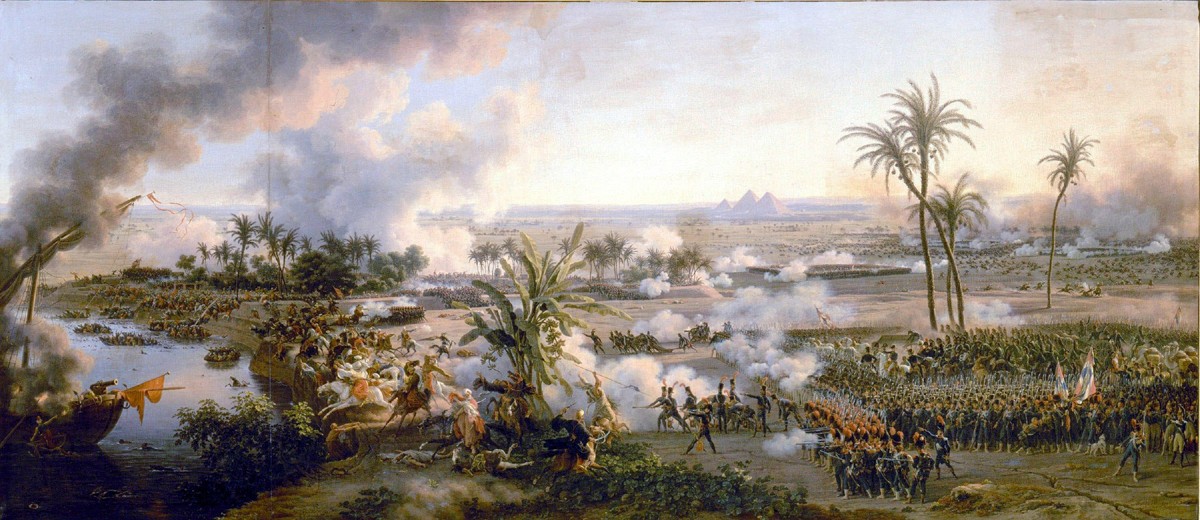
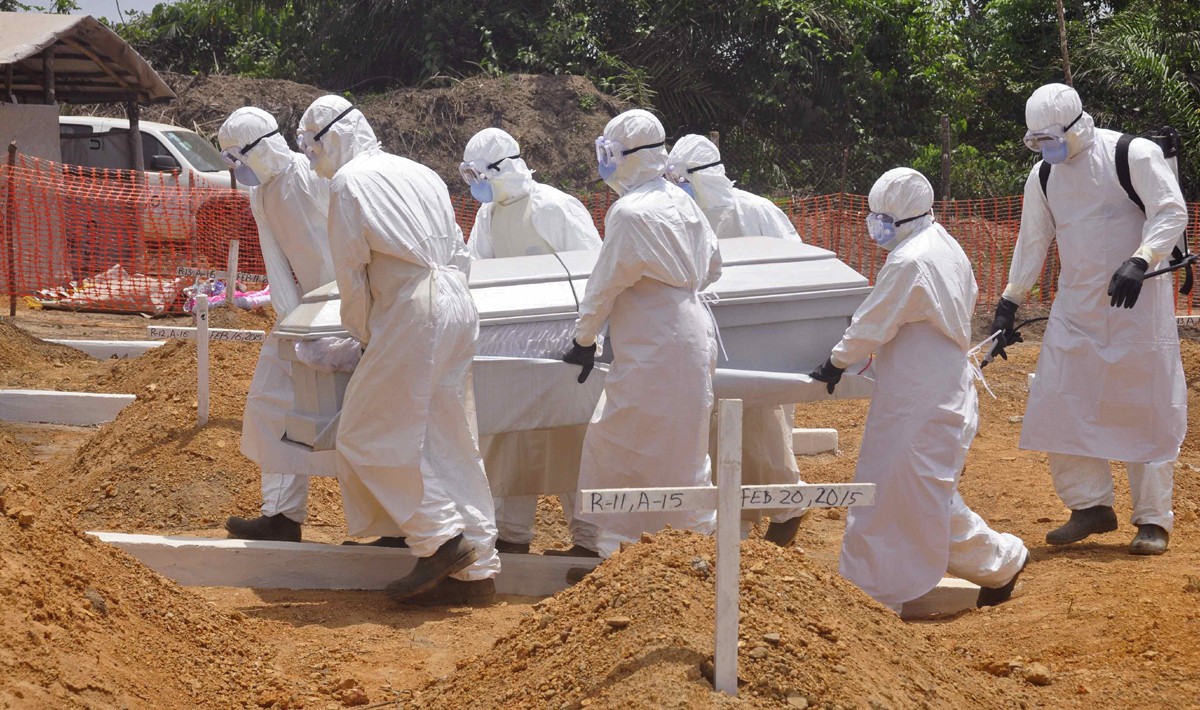


























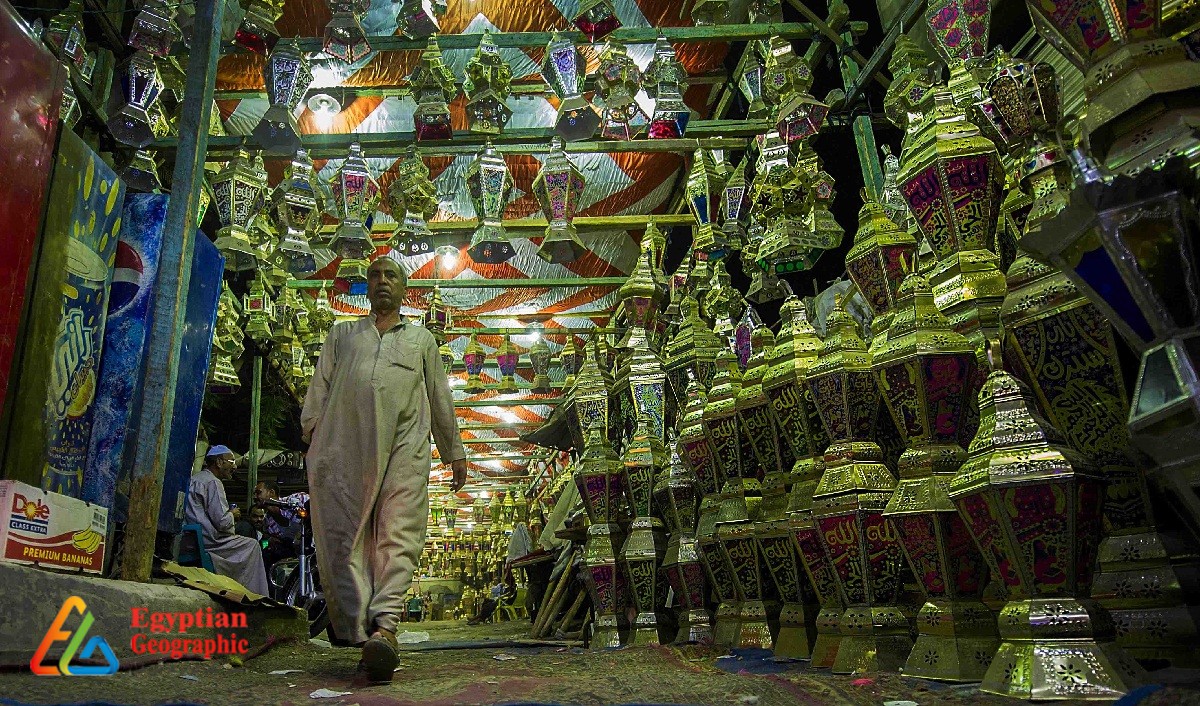
Egyptian Site & magazine